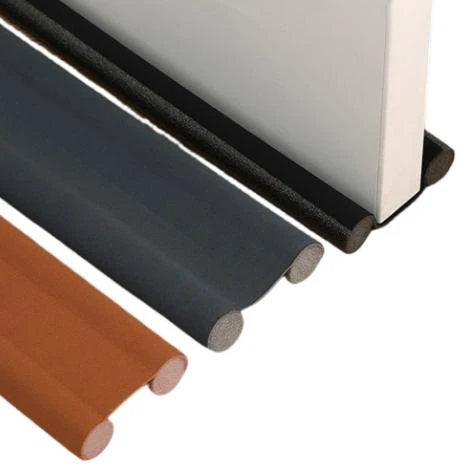Effective Weather Stripping Solutions for Your Vehicle's Performance and Comfort
Understanding Car Weather Stripping Importance, Types, and Maintenance
When it comes to maintaining the comfort and efficiency of your vehicle, one often-overlooked aspect is the weather stripping. This essential component plays a crucial role in creating a barrier against the elements, ensuring that you stay comfortable no matter the weather outside. In this article, we will explore what car weather stripping is, its types, and how to maintain it for optimal performance.
What is Car Weather Stripping?
Car weather stripping refers to the rubber or synthetic seals located around various parts of the vehicle, such as doors, windows, trunks, and even the roof. The primary function of weather stripping is to prevent water, dust, noise, and wind from entering the cabin. Additionally, it helps maintain the car's interior temperature by reducing drafts and preserving the effectiveness of the climate control system.
The Importance of Weather Stripping
Properly functioning weather stripping is vital for several reasons
1. Protection Against the Elements It prevents rainwater from leaking into the cabin, which can lead to mold growth and unpleasant odors. Effective weather stripping helps keep the interior dry and comfortable.
2. Noise Reduction Whether it's the hum of the wind or the drone of passing vehicles, a well-sealed vehicle minimizes outside noise, providing a quieter and more enjoyable driving experience.
3. Thermal Insulation It aids in maintaining the car's internal temperature. In extreme weather conditions, effective weather stripping can mean the difference between a comfortable drive and an unbearable one.
4. Enhanced Fuel Efficiency When your vehicle is well-sealed, it requires less effort from the climate control system, which can enhance fuel efficiency over time.
Types of Weather Stripping
There are various types of weather stripping used in vehicles, each designed for specific parts
car weather stripping

1. Door Seals These are the most common types of weather stripping and are typically found around the edges of car doors. They can be designed in different profiles, such as bulb seals, which are round and provide a tight fit.
2. Window Seals Window weather stripping is crucial for preventing leaks around the windows and may come in adhesive-backed varieties for easier installation.
3. Trunk Seals These seals prevent water from entering the trunk space, protecting your stored items from dampness.
4. Windshield and Roof Seals These are designed to keep moisture and air from seeping into the cabin through the windshield and roof joints.
Maintenance of Weather Stripping
To ensure that your weather stripping continues to perform effectively, regular maintenance is essential
1. Inspection Frequently check your weather stripping for signs of wear and tear, such as cracks, gaps, or hardening. If you notice any damage, it’s time to replace the affected seals.
2. Cleaning Dirt and debris can accumulate on weather stripping, potentially compromising the seal. Use a soft cloth and mild soap to clean the rubber, ensuring that it remains flexible and adheres properly.
3. Lubrication Apply a silicone-based lubricant to the weather stripping to prevent it from drying out and cracking. This will also help maintain its flexibility.
4. Replacement If weather stripping becomes too damaged or worn out, replacing it is the best option. Aftermarket weather stripping is widely available, and many kits come with adhesive for easy installation.
Conclusion
In conclusion, car weather stripping may seem minor, but it plays a significant role in your driving experience. By understanding its importance, recognizing the different types available, and performing regular maintenance, you can prolong the life of your vehicle’s weather stripping and enjoy a more comfortable ride year-round. Whether you are navigating through rain, snow, or blistering heat, ensuring that your vehicle is sealed properly will enhance your overall driving experience.
-
Under Door Draught Stopper: Essential ProtectionNewsJul.31,2025
-
Garage Door Seal and Weatherstrips for ProtectionNewsJul.31,2025
-
Edge Banding Tape for Perfect EdgesNewsJul.31,2025
-
Table Corner Guards and Wall Corner ProtectorsNewsJul.31,2025
-
Stair Nose Edging Trim and Tile Stair SolutionsNewsJul.31,2025
-
Truck Bed Rubber Mats for Pickup BedsNewsJul.31,2025
-
Window Weather Stripping for Noise ReductionNewsJul.29,2025